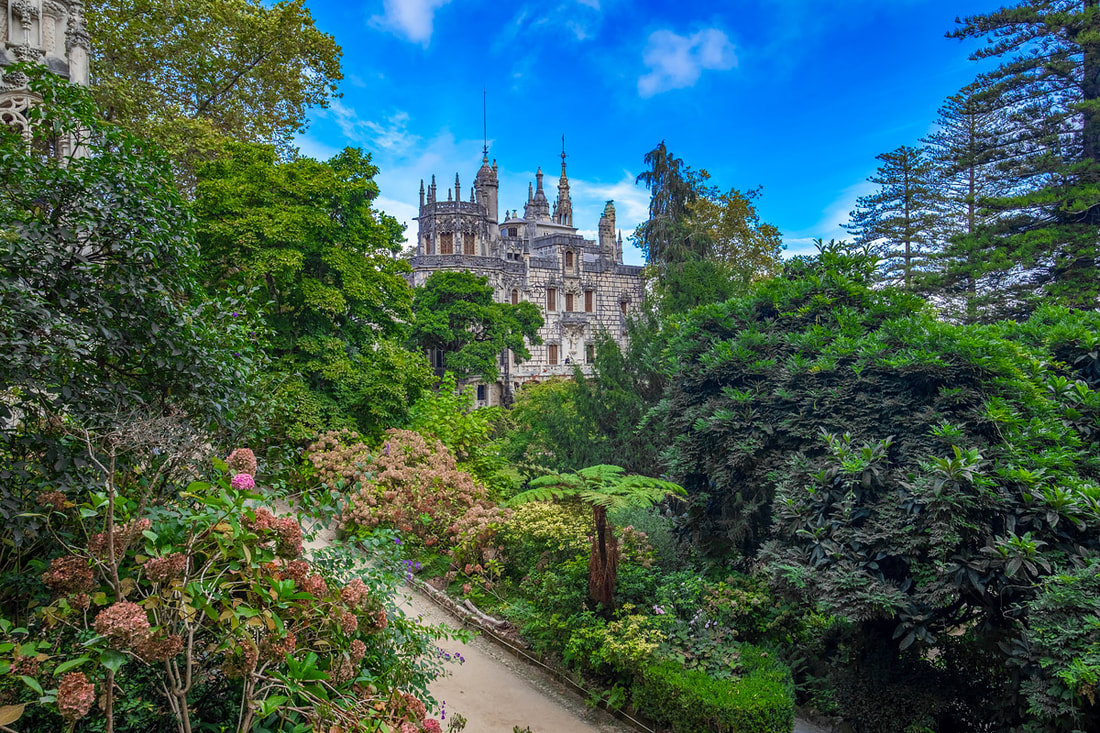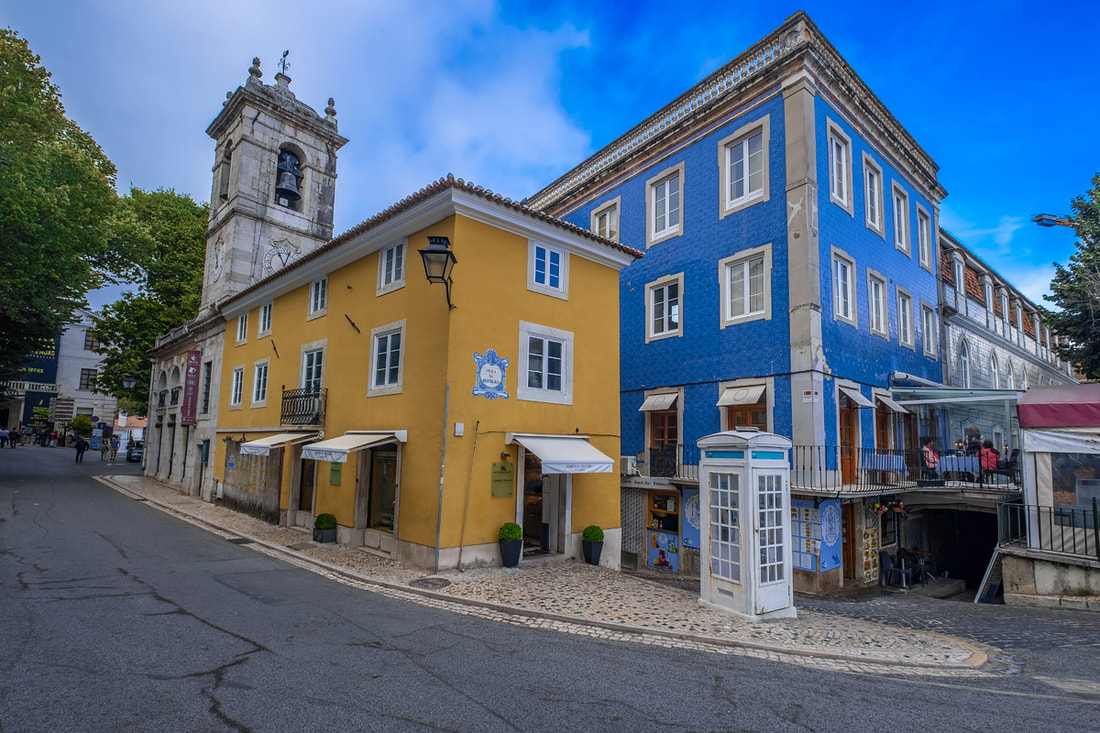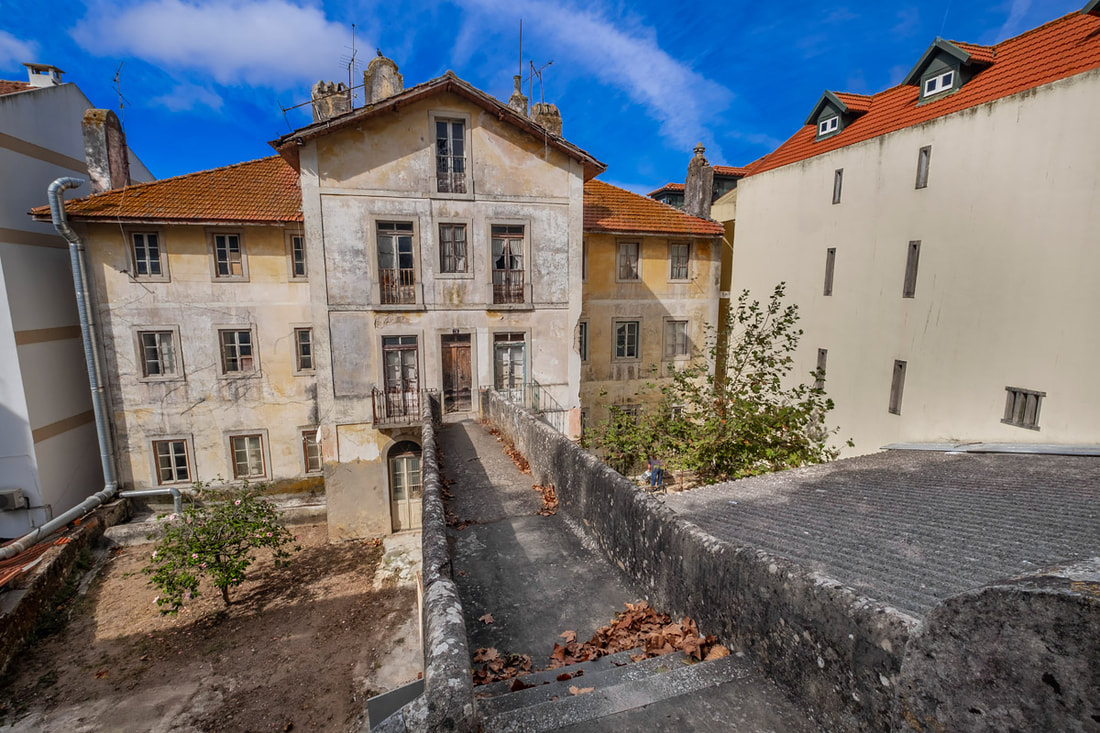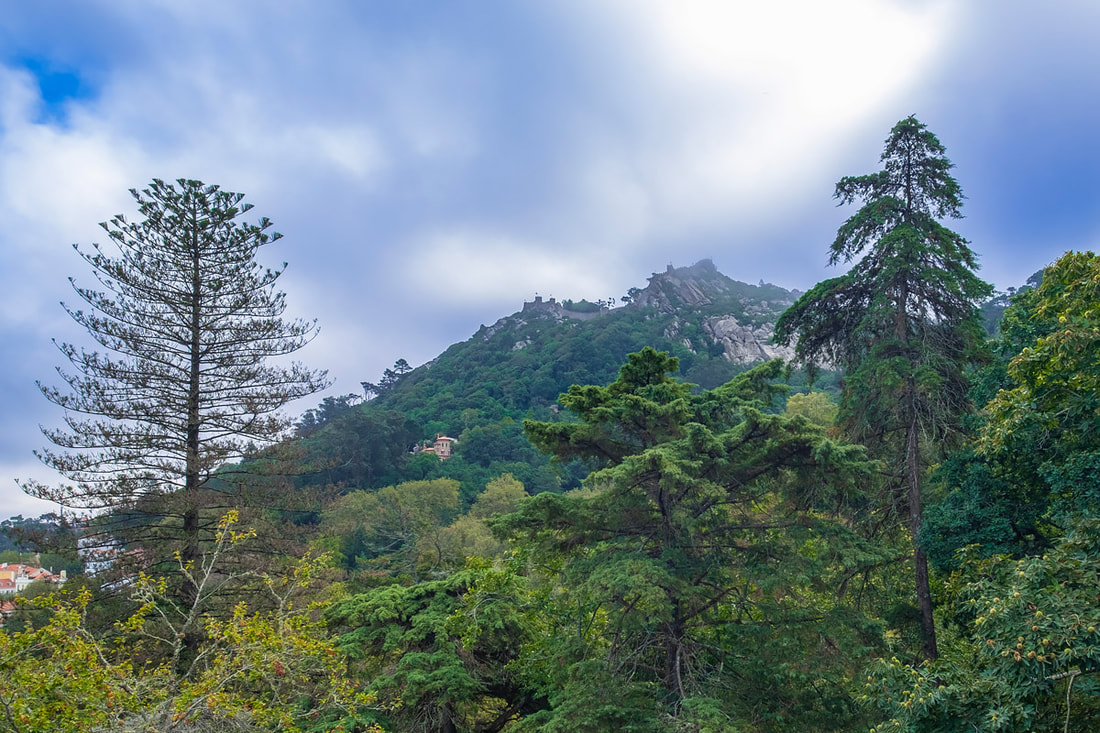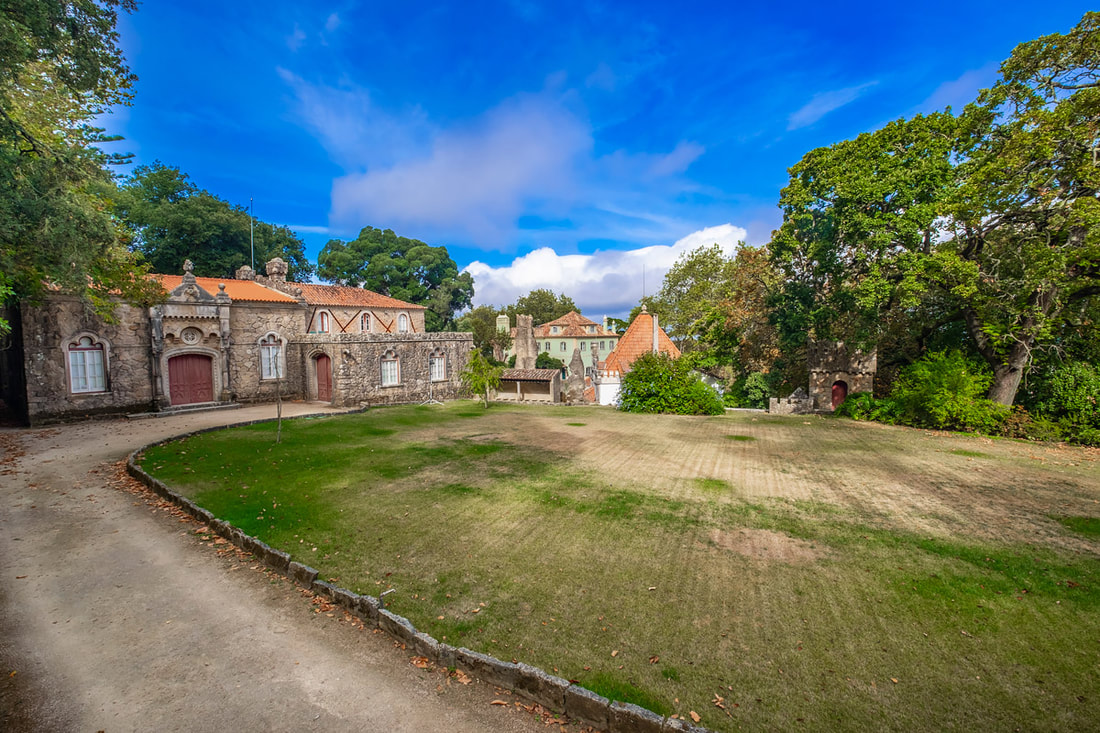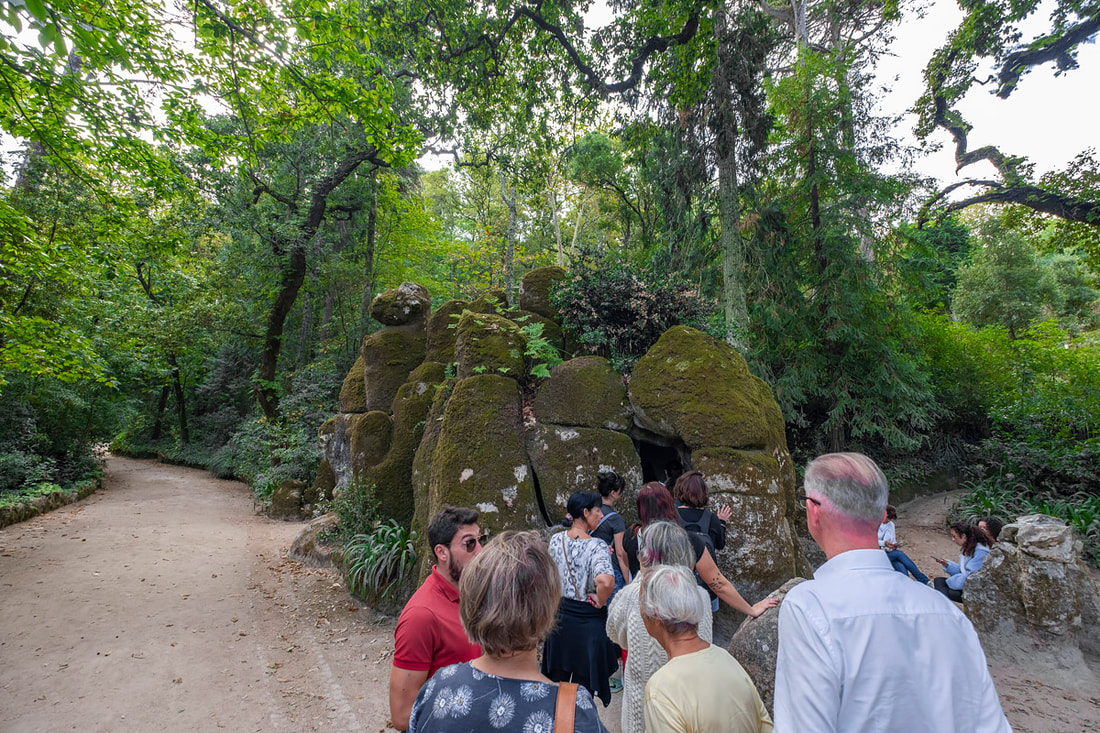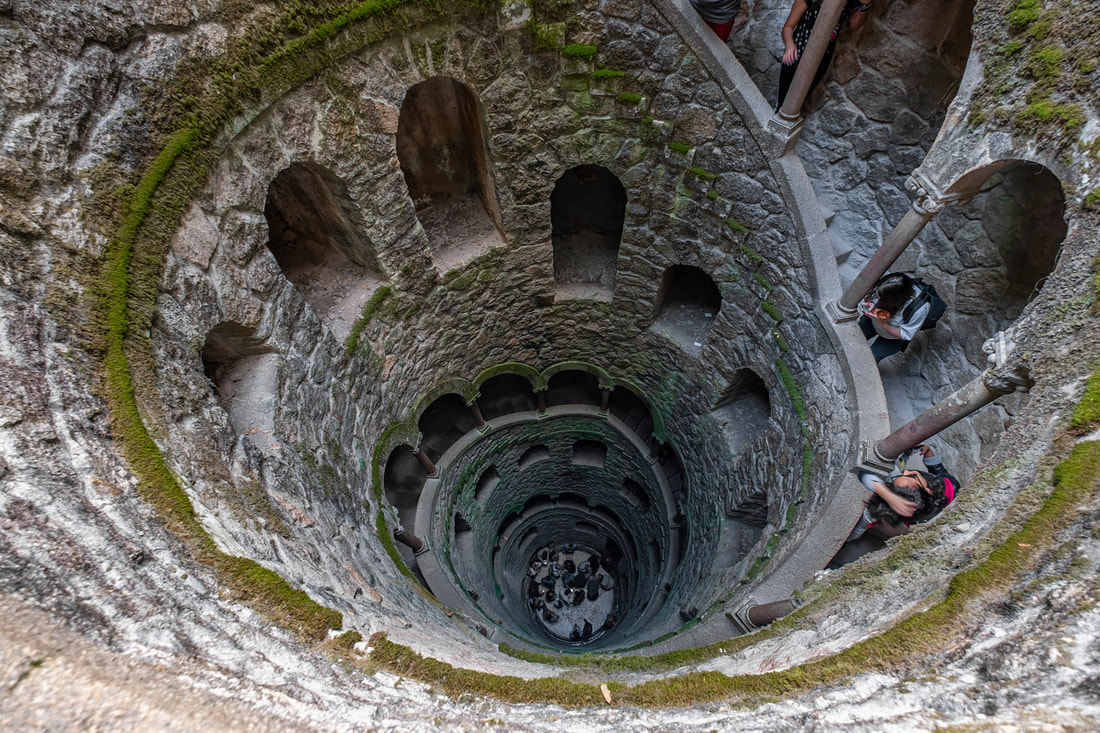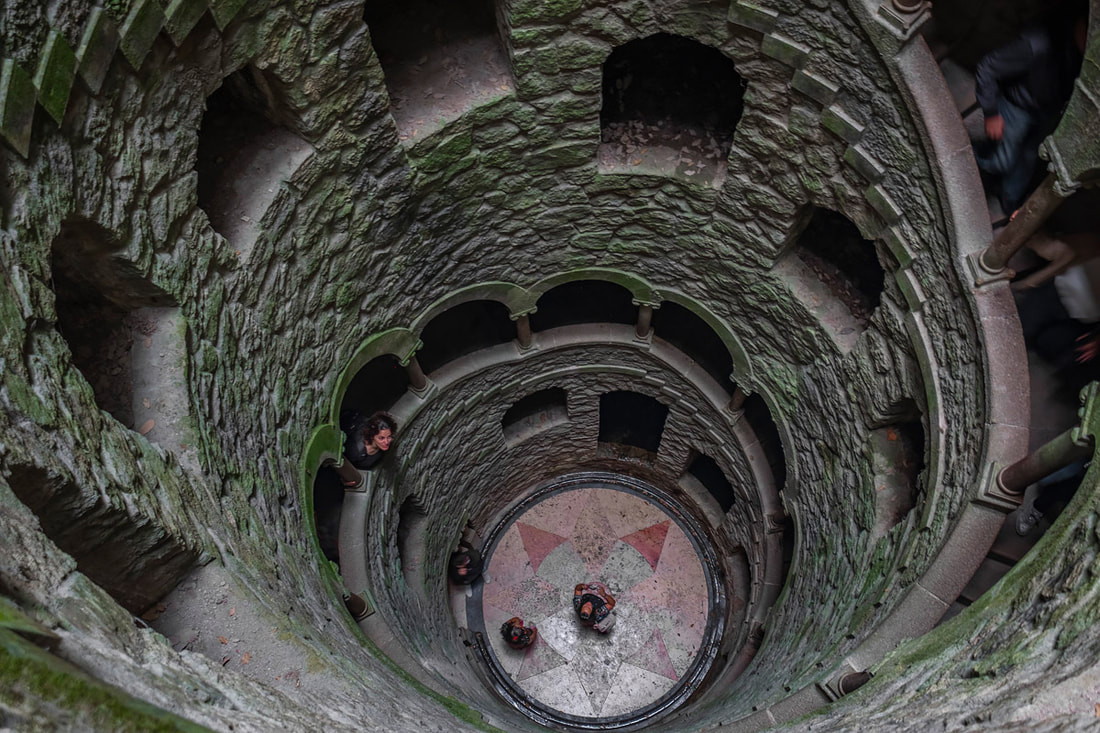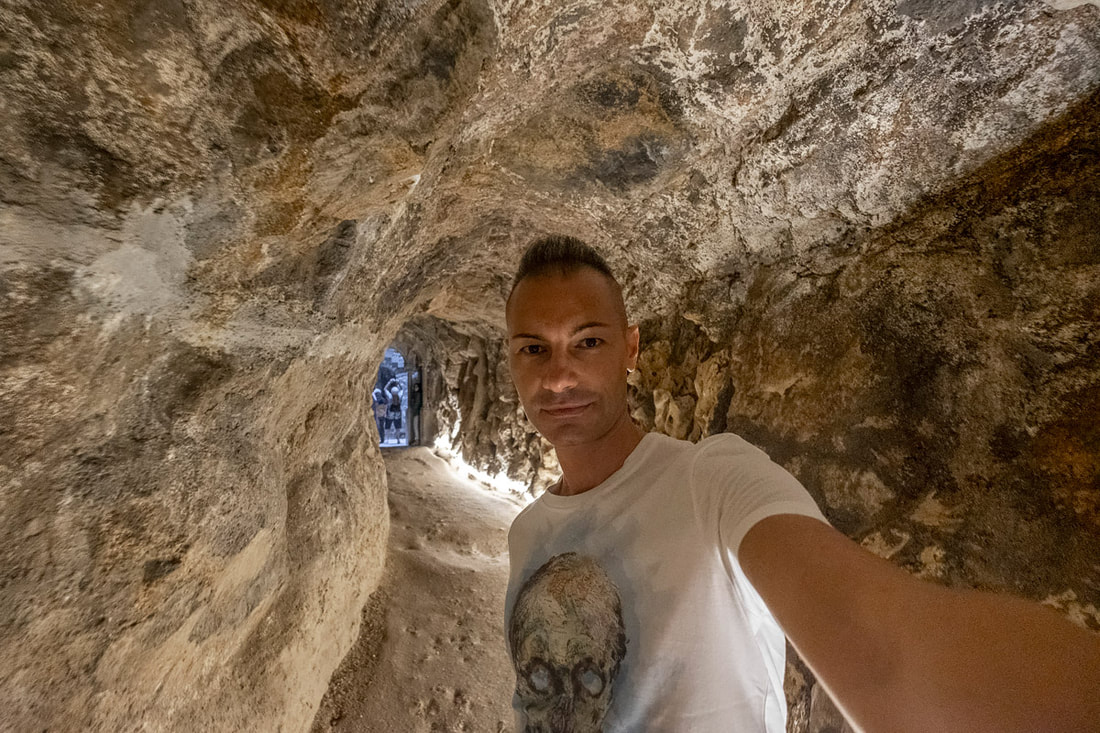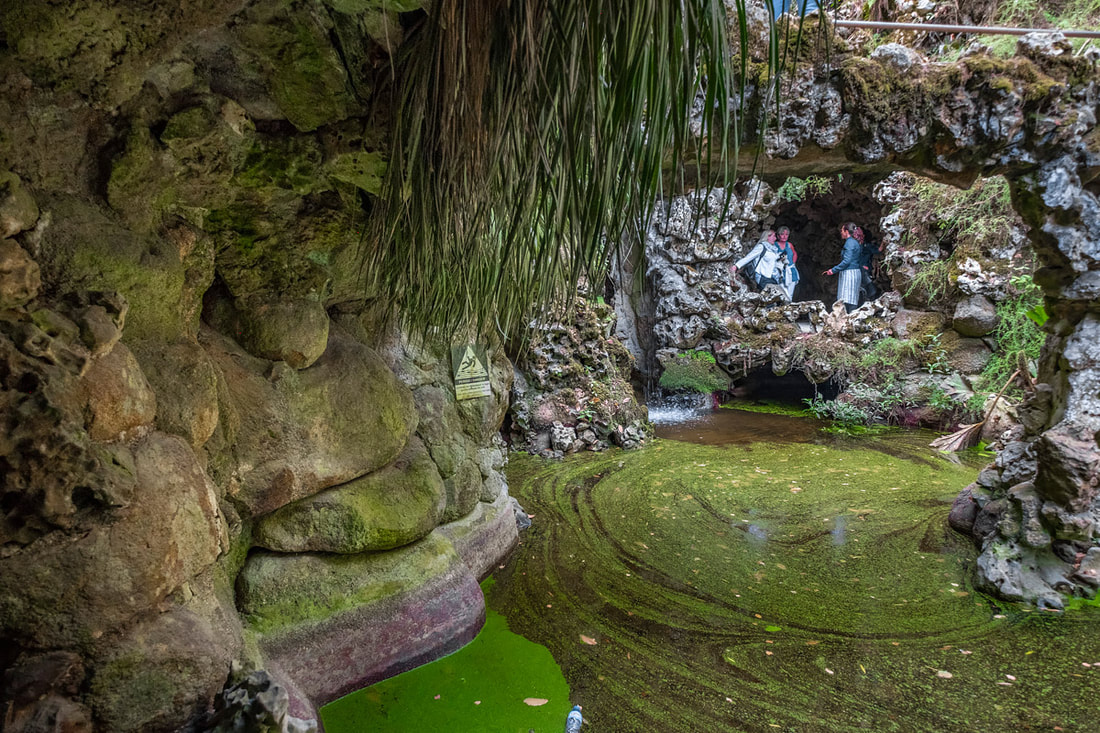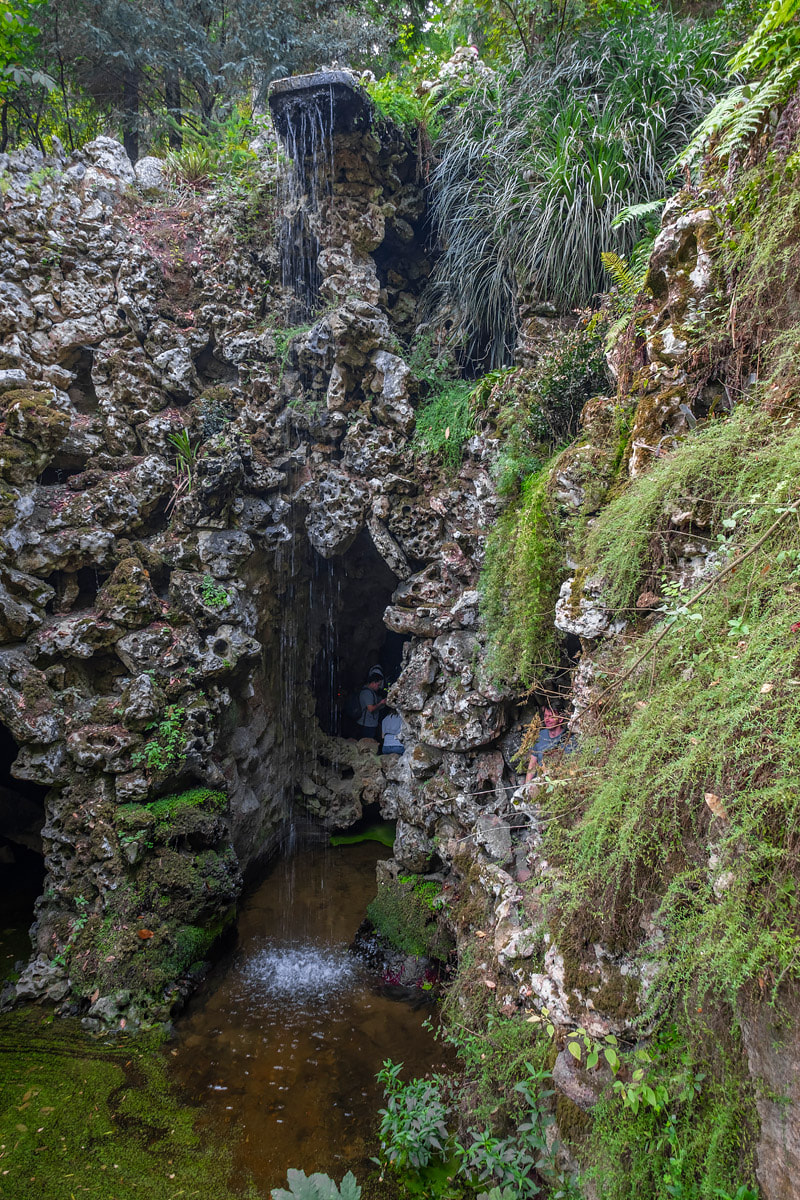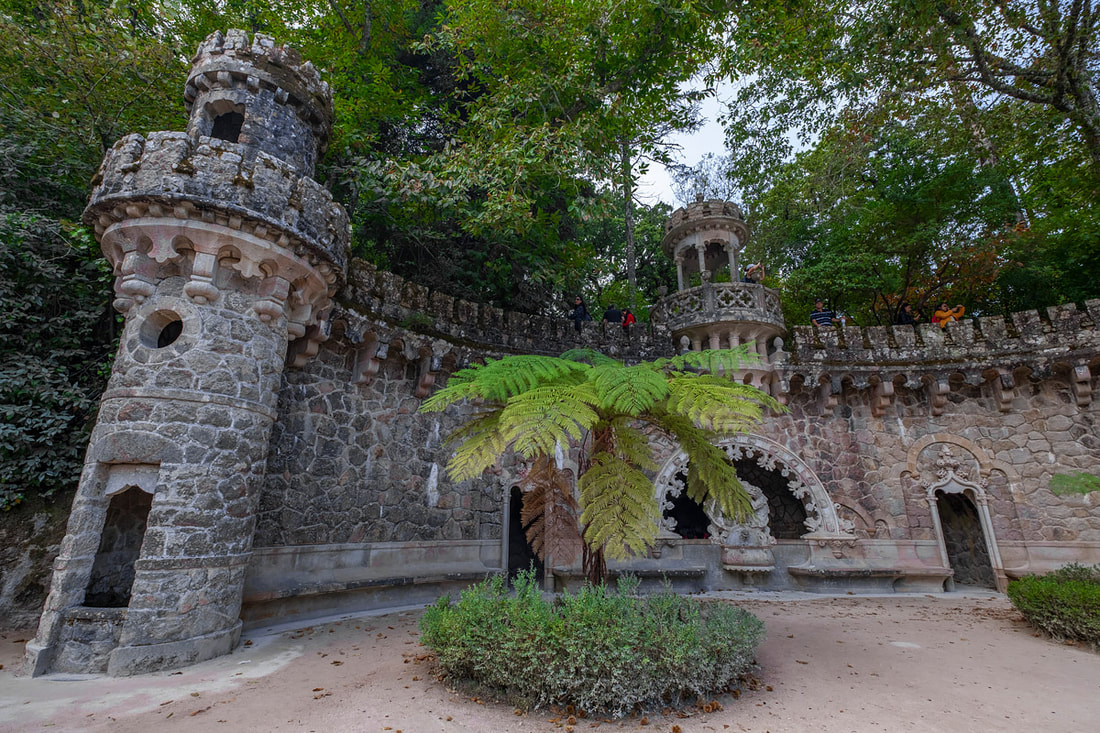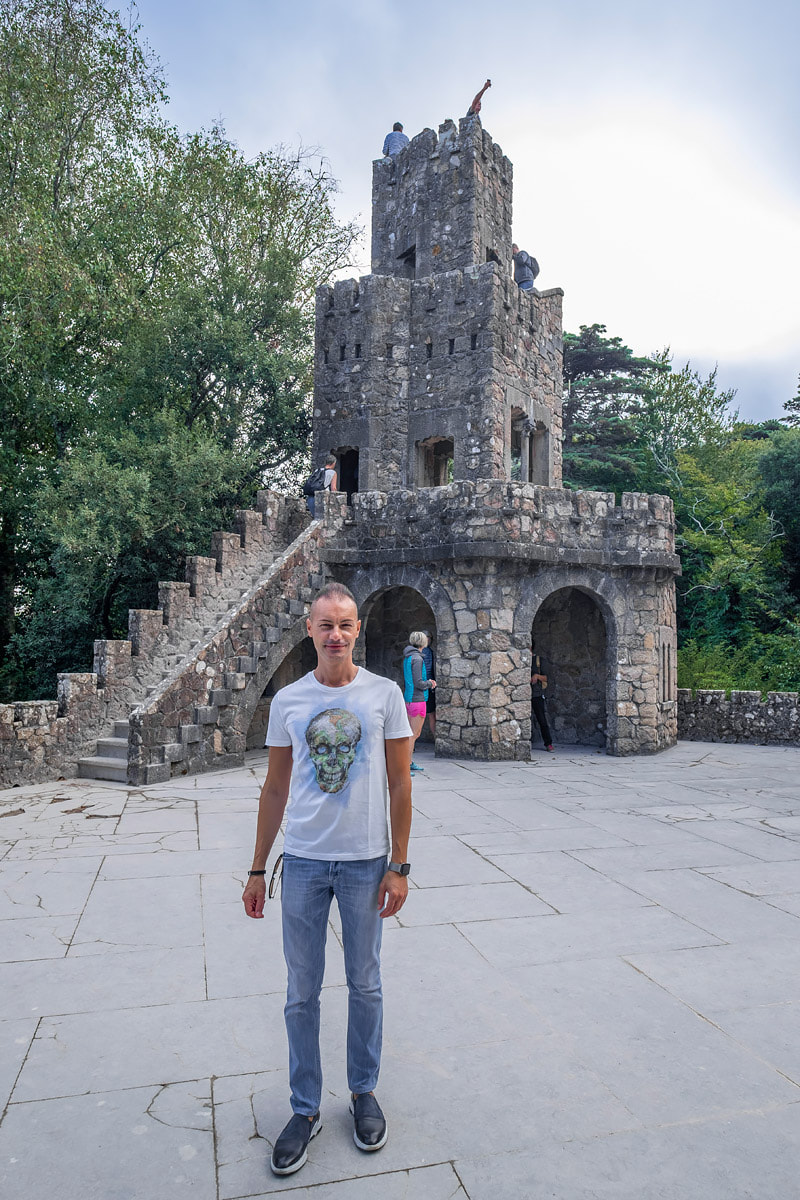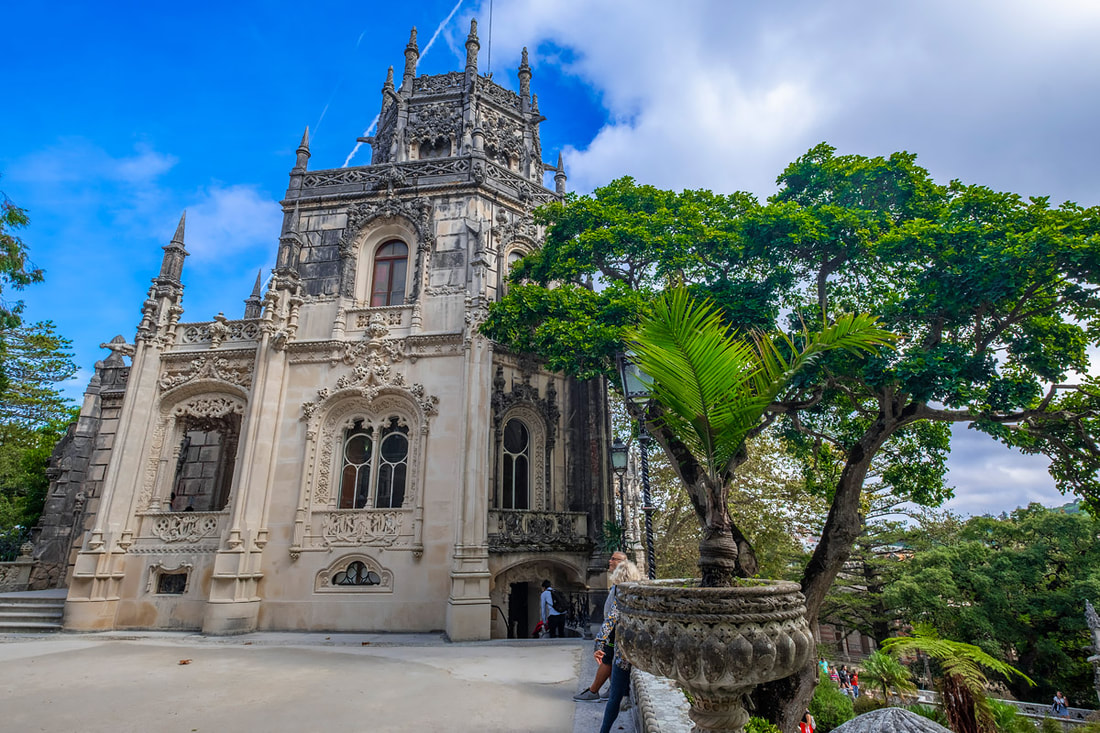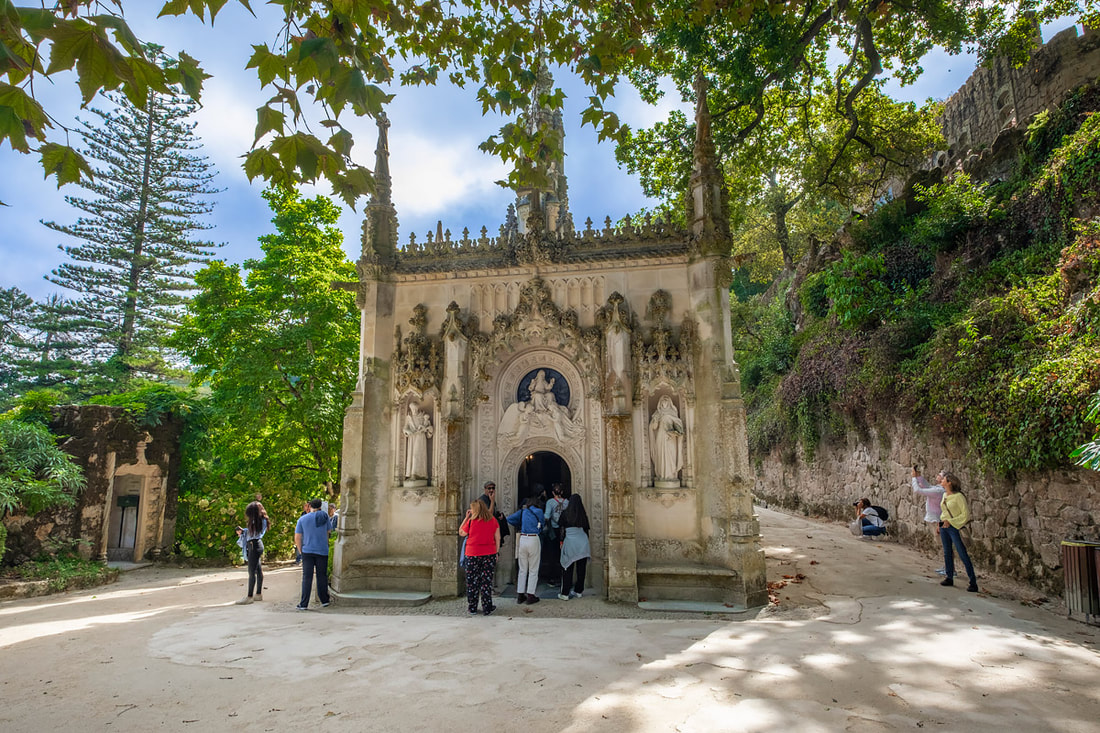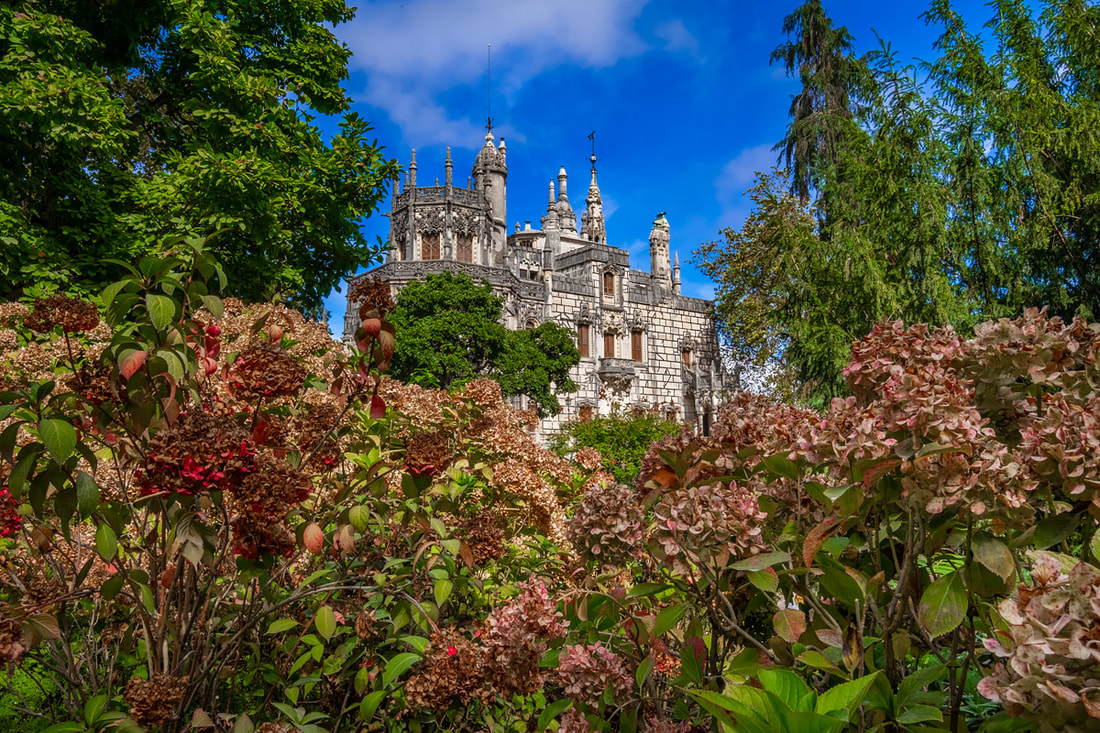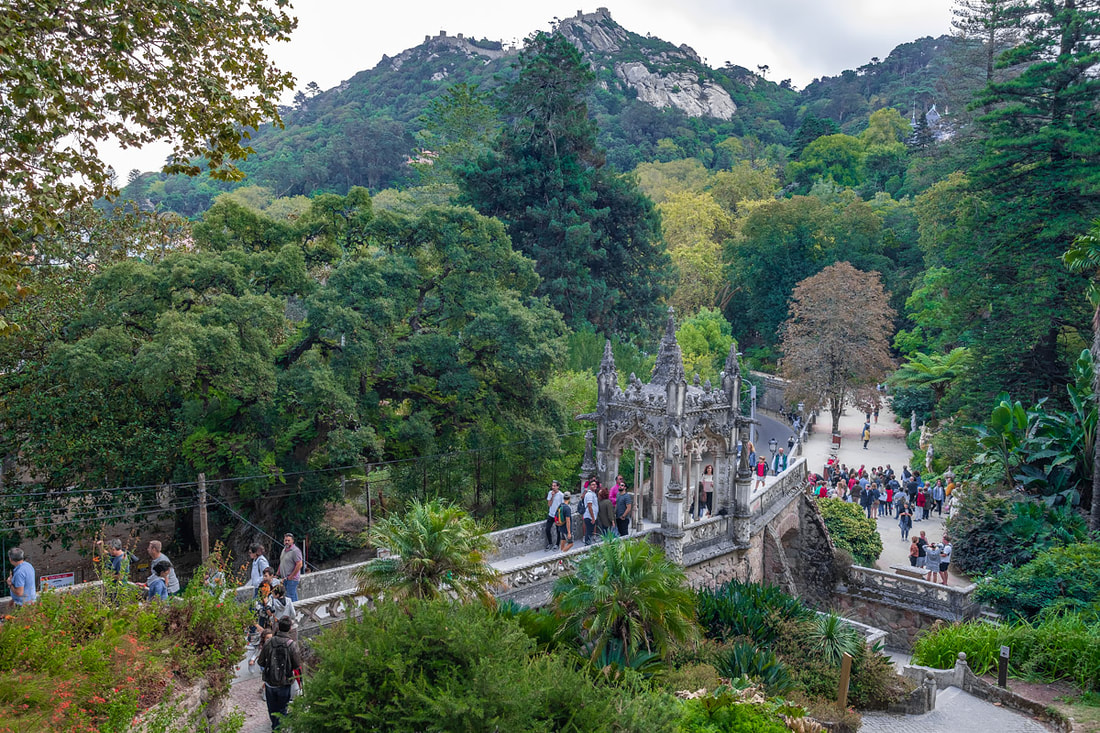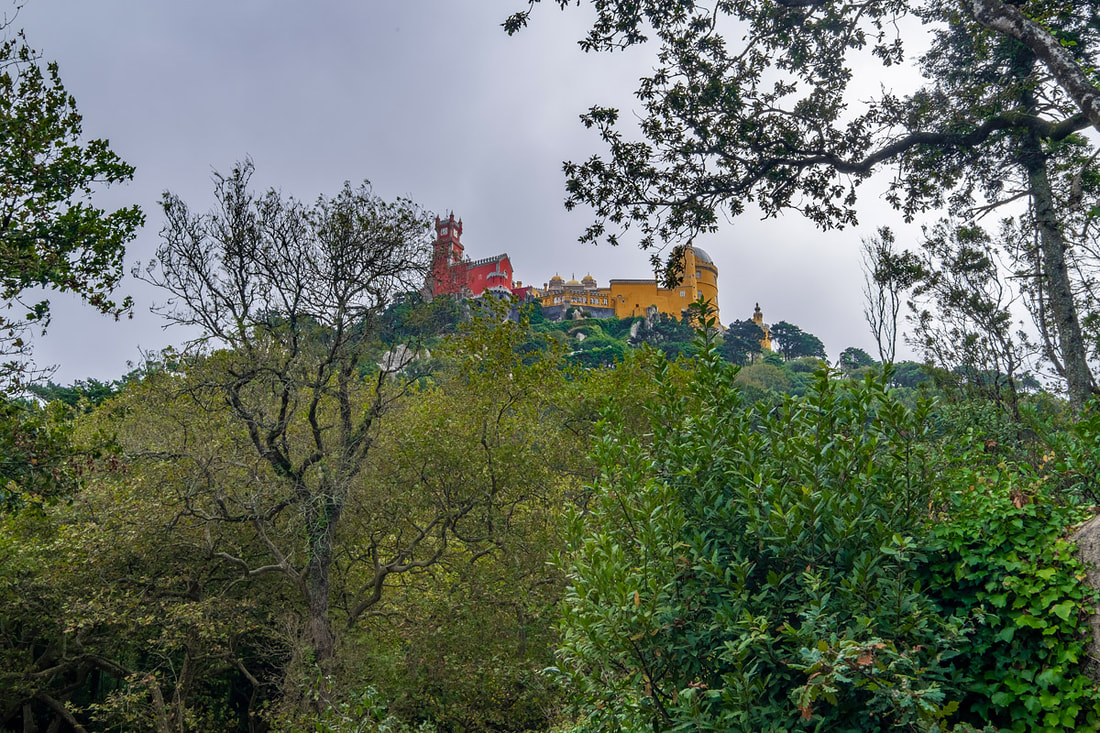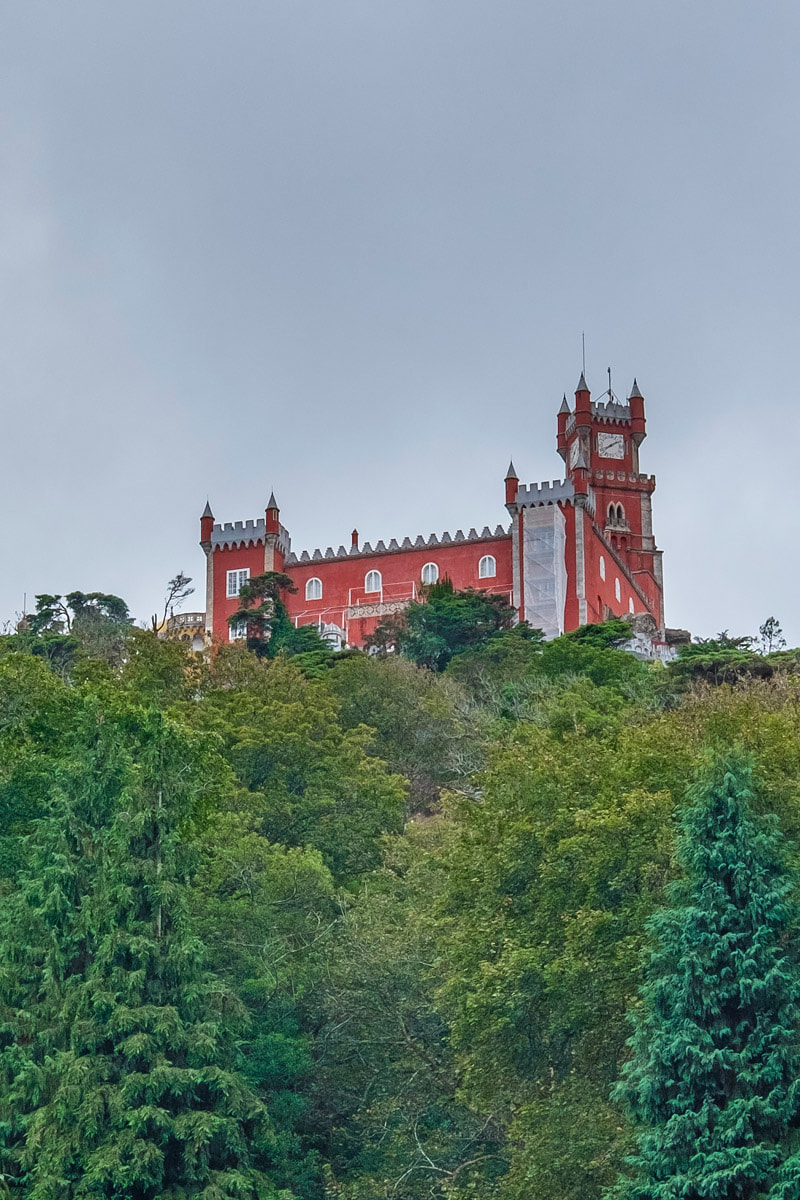By Antonio MalaraSintra is my second post on Portugal, a visit I made together with my travel partner during my stay in Lisbon in October 2018. At that time I had meticulously planned the trip however I did not know this very particular town and if it hadn't been for a girl I follow on a social network, I would never have discovered this beautiful place. In the post about Lisbon I talked about how the discovery of the city has been an exponential crescendo and Sintra has been part of it. The fact that prompted me to visit Sintra was the photo of a particular place, one of those places that seemed to come out of a Harry Potter film. When I then started studying the city, I discovered that the structure was located inside a huge estate. In addition to that place, I discovered that there were also two castles in Sintra; “Palácio Nacional da Pena” and “Castelo dos Mouros”. After studying the places of interest in Sintra, which still remained a very small city, I read a post from an Italian girl where she told how in one day she had managed to visit not only Sintra, but also “Cabo da Roca” and “Cascais”. Those too were destinations I wanted to reach, however the girl had given up on visiting one of Sinatra's attractions to make that itinerary. The estate was called "Quinta da Regaleira", it was built at the beginning of the 1900s as a private residence, today the place is a UNESCO World Heritage Site. I had put this place at the top of my visits, if I had time left I would have also visited “Palácio Nacional da Pena” while I had given up on “Castelo dos Mouros”. Later I would move on to "Cabo da Roca" and "Cascais", places that still had priority over the castles of Sintra. The train journey from Lisbon to Sintra lasted about an hour and at about 11 AM we were already out of the station. The town was surrounded by vegetation and after checking the directions, we set off to reach "Quinta da Regaleira". The city center didn't have any particular monuments and the most beautiful thing along the way was certainly some houses. However after only twenty minutes we began to see glimpses of the Regaleira palace. From our perspective it rose beyond the enclosure walls and its fairy-tale style, a bit like Hogwarts, was beautiful, most of all the various towers pointed upwards, something that fascinated me. We flanked the walls where, however, we could see some beautiful decorations, some were part of the building while others were related to the walls. We entered the estate after a short time also because the queue for the ticket was very small. Inside was a continuum of stone buildings both square and irregular cut, there was everything; towers, spiral staircases or small ravines. At one point on a protruding part, I noticed some walls on a rock high up and looking closely I realized it was "Castelo dos Mouros", I tried to admire it and also photograph it because it was the only way to see it. After passing in front of a giant fountain we walked down a path and after a few minutes we were in front of the most original and magical thing I've ever seen. It was "Poço Iniciático" which from the outside looked like a series of stone blocks with a perpendicular shape. If it wasn't for the people standing in line, it wouldn't have been understood that there was something there or an entrance to something. They were rocks with a particular shape and covered with moss where only a small crack opened on one side. After a short queue we entered and the view was something unexpected! Looking out at the railing, below me the well developed in a spiral with the stairs dug into the wall and the columns above the parapets which joined at the top to form an arch. The singular thing was its greatness; from the outside I never expected to enter such a large place. Surely the reason was that the well developed underground, however as small as the external part was, I could not justify the width of the well. To me that sight was pure magic, like when in “Harry Potter and the Order of the Phoenix” the protagonists enter through an expanding building. The well was very crowded with people, however with my partner we were able to take some original photos, with one of us in the lower part so that the depth of the well could be perceived even more. We reached the bottom after about ten minutes and even from there, looking towards the opening, there were some interesting perspectives, above all because we could see the light above, another thing that we couldn't perceive from the entrance, which looked like just a bunch of rocks. But the surprises weren't over because the exit of the well wasn't the stairs to go uphill but a tunnel. It was a path carved into the stone, very low which developed in a serpentine so it did not give the chance of seeing the exit. The path took us to another opening, another small circular well carved into the stone that was open at the top. The tunnel continued even lower so that we had to duck to be able to go through it. At the end of the tunnel I saw something so scenic worthy of "Alice in Wonderland"; a small pond dominated by the green color and all around a series of caves and tunnels that led to a kind of jungle. We crossed the pond on stones placed over the water until we reached an open space, surrounded by vegetation and a small waterfall. This had been “Poço Iniciático“ a fairytale place, an incredible experience that I can't even describe properly. Something that certainly should be lived more than described and above all I appreciated the fact that in some points it was only viable without giving the opportunity to stop and take pictures. I had achieved my main goal in that place, however the estate was so big that even if you wanted to go out, you still had to visit it. "Quinta da Regaleira" was a huge park, the result of wealth but the most reasonable and pure one, which as a goal had managed to connect man with nature in a fairytale way. Our tour continued in the midst of that nature, mainly discovering stone structures, above all many small towers, really tiny which, however, could be visited inside. On one of the return routes we found ourselves in front of the main part of the castle, it was a corner with a very nice view also due to the type of vegetation with which the palace was surrounded. We left the place following a path that led to the exit in a natural way, it seemed that “Quinta da Regaleira” knew how to charm people and did not want to be abrupt. Returning to the center, Sintra was populated by people, personally I wanted to eat on the fly and go immediately to "Palácio Nacional da Pena" but my partner wanted to have a proper lunch. She found a nice restaurant, only it was gourmet so when we finished we were hungrier than when we entered. To reach the Palácio we had to take a bus, only that after a long wait none came. We decided to entrust ourselves to a girl with a modified "Ape Piaggio" who took us to the Palacio with a thousand jolts. However the girl gave us a lot of useful information and above all she told us that one of the best views of the castle could be had from a small street in which she would take us. According to her, nothing was visible from the entrance to the Palácio. The "Palácio Nacional da Pena" had struck me from the photos for its variety of colors but I had overlooked the detail that the girl had given me. Around 2 PM she stopped us to show us the glimpse of the castle; it was nice but I expected something better. Later she let us out the entrance where there was a line of people at least a hundred meters long. With my partner we looked into her eyes and immediately gave up the visit; the girl was right, you couldn't see anything from there. Those moments outside “Palácio Nacional da Pena“ were the most unproductive because we were in the middle of a forest and to leave the place we had to walk quite a bit to reach the bus stop. We wasted an hour getting back to the center of Sintra and the visit to Palácio was one of my historical failures where I couldn't do the math and time things right. We took the bus to "Cabo da Roca" after 3 PM on a morning in which even if I hadn't managed to organize things well, it still gave me an experience that I had never had before. With this mood which was decidedly positive, we left Sintra to reach “Cabo da Roca”, an experience that I will describe in the next post. Pictures: Antonio Malara
Camera: Fujifilm XT-20
0 Comments
Leave a Reply. |
